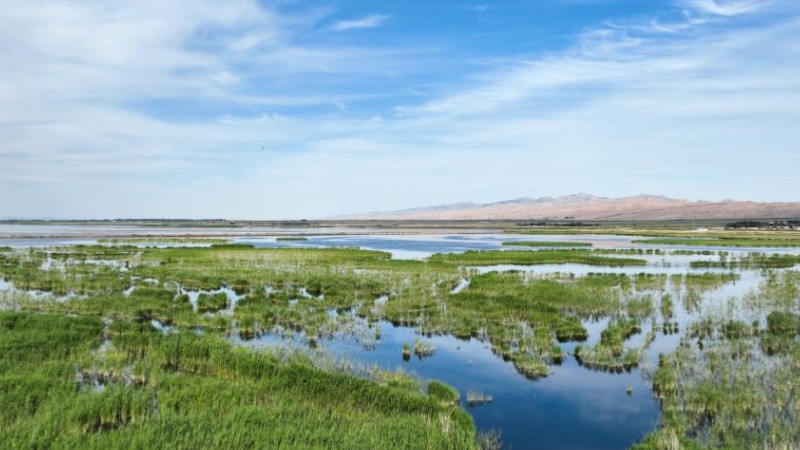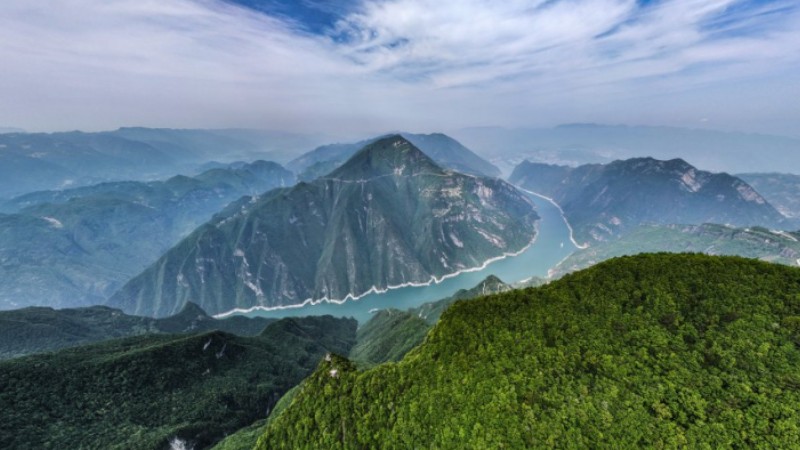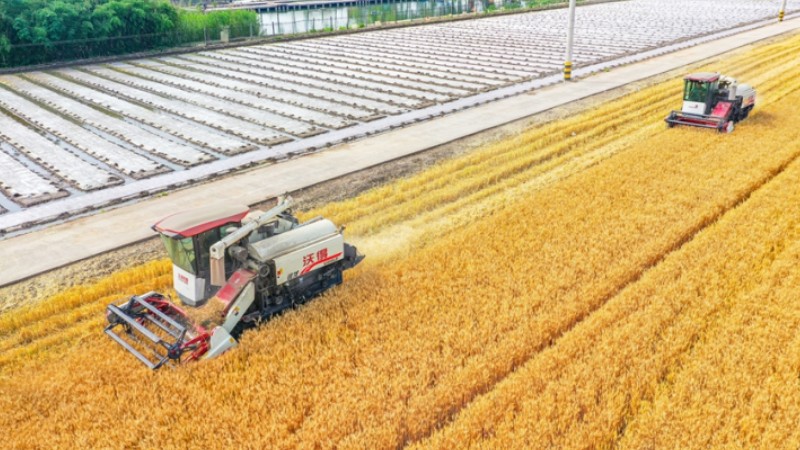Commentary: China seeks sustainable growth in harmony with nature
BEIJING, June 5 (Xinhua) -- China defines the harmony between humanity and nature as a key feature of its drive to advance Chinese modernization.
This revolutionary development philosophy is worthy of awe on the occasion of World Environment Day, a United Nations day for encouraging worldwide awareness and action to protect the planet's environment, which fell on Monday this year.
China's endeavor to modernize itself is different from some countries in that it does not regard ecological conservation as tending to run counter to or as a burden on economic growth.
A majority of Western countries followed a "grow first, clean up later" path when they became industrialized. But such a model revealed itself to be more and more unsustainable, with diminished ecological resources and global warming proving increasingly constraining.
While asserting its right to development, China is committed to tapping greater growth potential in green and low-carbon development. One of its beliefs is that lucid waters and lush mountains are invaluable assets.
China has incorporated people's growing demands for a beautiful eco-environment as an integral part of its strategy to achieve high-quality development that is more efficient, equitable, sustainable and secure. Therefore, on its path to modernization, economic growth and ecological conservation are seen and pursued as complementary components.
China, as an active proponent in the signing, effecting and implementation of the Paris Agreement, aims to peak carbon dioxide emissions by 2030 and achieve carbon neutrality by 2060. These two goals are considered essential to the country's new development philosophy and key to building a new pattern of development and promoting high-quality development.
According to NASA's satellite data, from 2000 to 2017, China contributed about a quarter of the newly-added vegetation area across the whole planet.
Afforestation is only a part of China's intensified greening efforts, which also include industrial upgrading, large-scale use of clean energy, the launch of a national carbon trading market, a clear roadmap to improve biodiversity, as well as powerful action plans to curb pollution.
The country has vowed to adopt a holistic approach to improving its ecosystems by promoting the integrated conservation and restoration of mountains, rivers, forests, farmlands, lakes, grasslands and deserts. It has been stepping up legislation on ecological conservation in recent years.
A law on the ecological protection and high-quality development of the Yellow River basin came into effect in April this year, following a similar one to conserve the Yangtze River -- China's first national law on a specific river basin, which was put into practice in March 2021.
China's top legislature adopted a law on April 26 to protect the fragile ecosystem of the Qinghai-Tibet Plateau, known as "the roof of the world," which will come into force on Sept. 1.
China is exploring and has made headway in its efforts to create a model of sound development featuring increased production, higher living standards and healthy ecosystems.
Photos
Related Stories
- China builds a complete red line system to strengthen ecological conversation
- Young faces emerge in ecological conservation quest on Qinghai-Tibet Plateau
- China passes landmark law to protect Qinghai-Tibet Plateau ecosystem
- Top legislature mulls law on Qinghai-Tibet Plateau ecological conservation
- "Water tower" witnesses China's decades-long ecological efforts
Copyright © 2023 People's Daily Online. All Rights Reserved.









